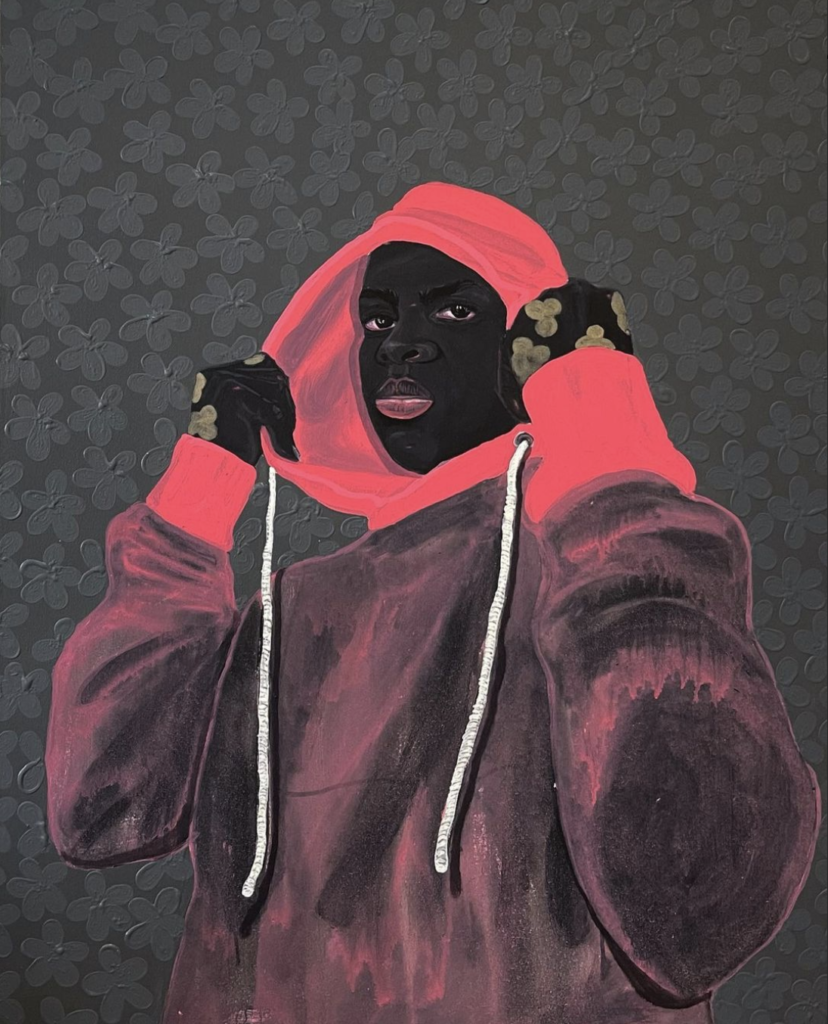Coca-Cola, the world’s largest carbonated soft drink company, just debuted a new commercial for its New Magic campaign that that combines classic and modern works of art by international artists. Together with South African visual artist WonderBuhle, the advertisement includes modern artists from several countries, like Egypt’s Fatima Ramadan and India’s Vikram Kushwah.
Wonder Buhle Mbambo, known as WonderBuhle, is a visual artist from KwaNgcolosi, KwaZulu-Natal in South Africa. He was born in 1989. He studied Fine Art at the Velobala Apprenticeship Program at the Durban University of Technology and graduated in 2013. During his studies he was under the mentorship of Themba Shibase a contemporary artist who interrogates current political and social issues within a pan-African context.

The advertisement, which is set up in a museum where art students are sketching or drawing as a teacher evaluates their work, centers on a disinterested young man who is searching for inspiration. The ad, as if a fragment of the young man’s daydream, shows a bottle of Aket’s ‘Devine Idyll’ reaching for a bottle of Coca-Cola from Andy Warhol’s 1962 artwork of the same name.
WonderBuhle tells Art News Africa, “About the collaboration piece I feel so happy, first of all. That I am part of this important history and documentation and archives of being recognized with my practice and that I can contribute to such a monumental ad on TV where I share the lights with a lot of artists I respect so it is such a wonderful thing to happen in my life and I really appreciate the opportunity a lot.
The process was crazy you know, you wouldn’t think/ expect something like this. It just popped out of everything that was happening in the studio, I was preparing for my show and projects. Then boom an email came that changed my perspective somewhere to say, that the work needs to exist differently, in a different space with other artists and in motion which gave me a pause to think- should I try this? And I didn’t even ask a lot. It was an immediate Yes because I wanted to see my work being translated and being seen in different cultures and movements- being defined and refined because that is the reason that we make art and for it to play a role and diversify and for different people to get a feeling – it just gave me a lot of excitement and joy.For me to see it live, seeing the Ad itself- it became so magical. I am so excited, I am so excited- a lot.”
Mbambo likes to be free and let the feelings interrogate the creative space when he is working. He believes the invitation of colour and motif which he uses in a lot of his work is a symbol of spiritual guidance. The piece he painted for the ad is titled You Can’t Curse Me. Mbambo derived inspiration for the piece from wanting to give direction and confidence to the younger generation of artists coming up after him. This is even more intimate because the painting is of his younger brother who he seeks to guide through life in all the ways possible.

After the Coca-Cola filled bottle has been passed around the art pieces, including Mbambo’s art piece, the girl in the Vermeer masterpiece passes the bottle to the inspiration-seeking art student. He takes a sip and then produces a sketch that earns him an approving nod from the teacher.
Coca-Cola means joy, enjoyment and coolness to Mbambo. The company has served as a means through which he has reached a career highlight that he has been working towards for a long time. This grand opportunity and knowing he is within the path of where he wants to go as an artist keeps him going. He believes going home among his family is also a means of restoration for him.
In 2016, Mbambo was the recipient of the Bremer Kunststipenium Art Grant whose aim is to support young artists in their entry into professional life, networking in the art world, and helping establish their careers. Mbambo had his first solo exhibition at the Durban Art Gallery in 2018. The following year he had his first international show where he showcased his body of work titled To Find Me at an exhibition of the same name held at Galerie Philippzollinger in Zurich, Switzerland.


